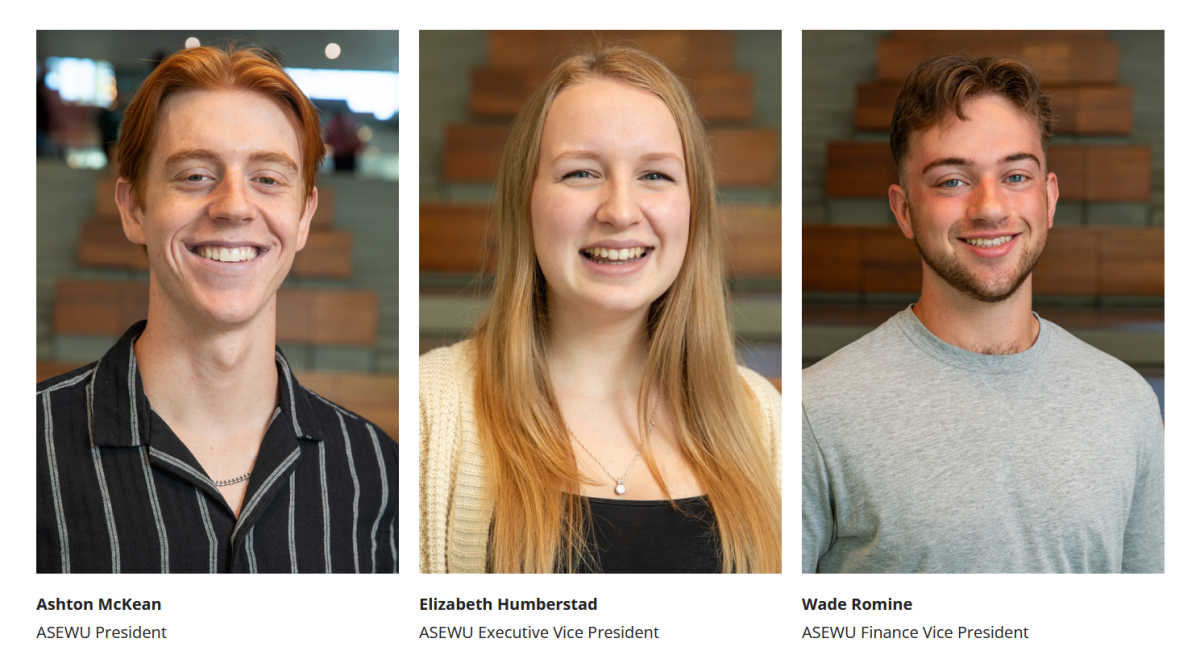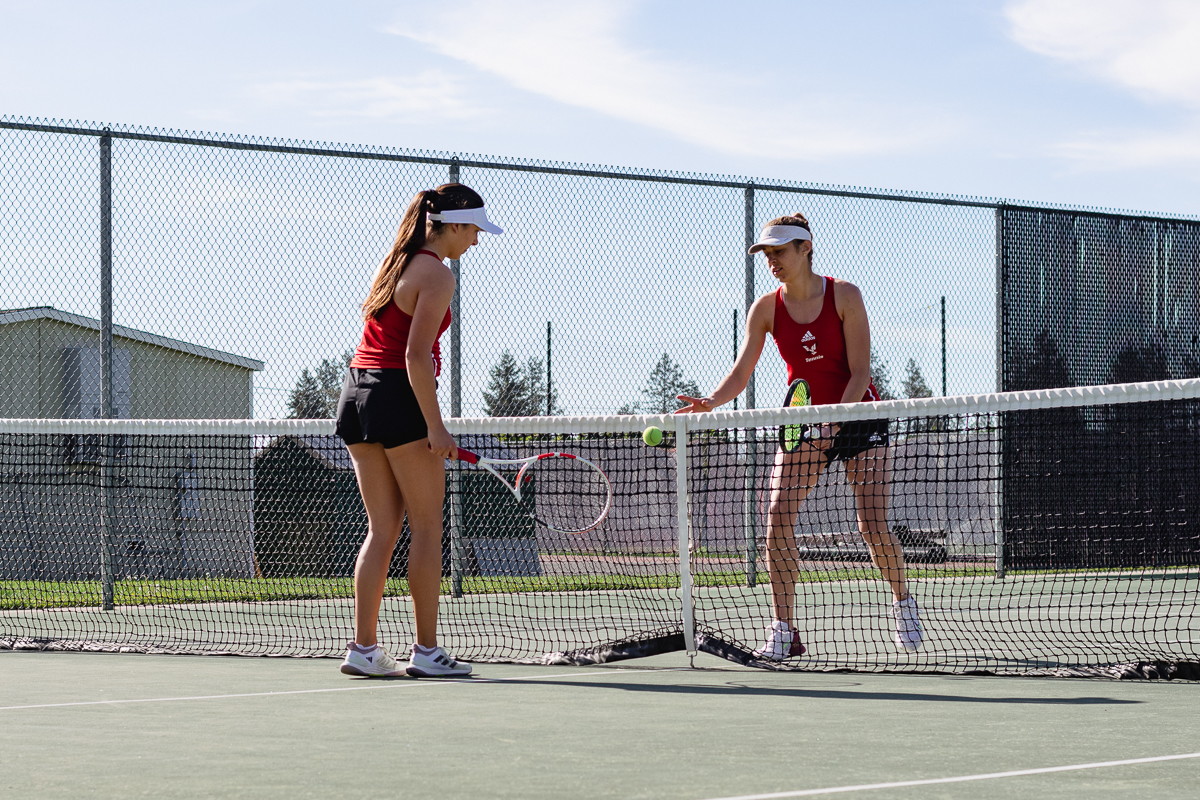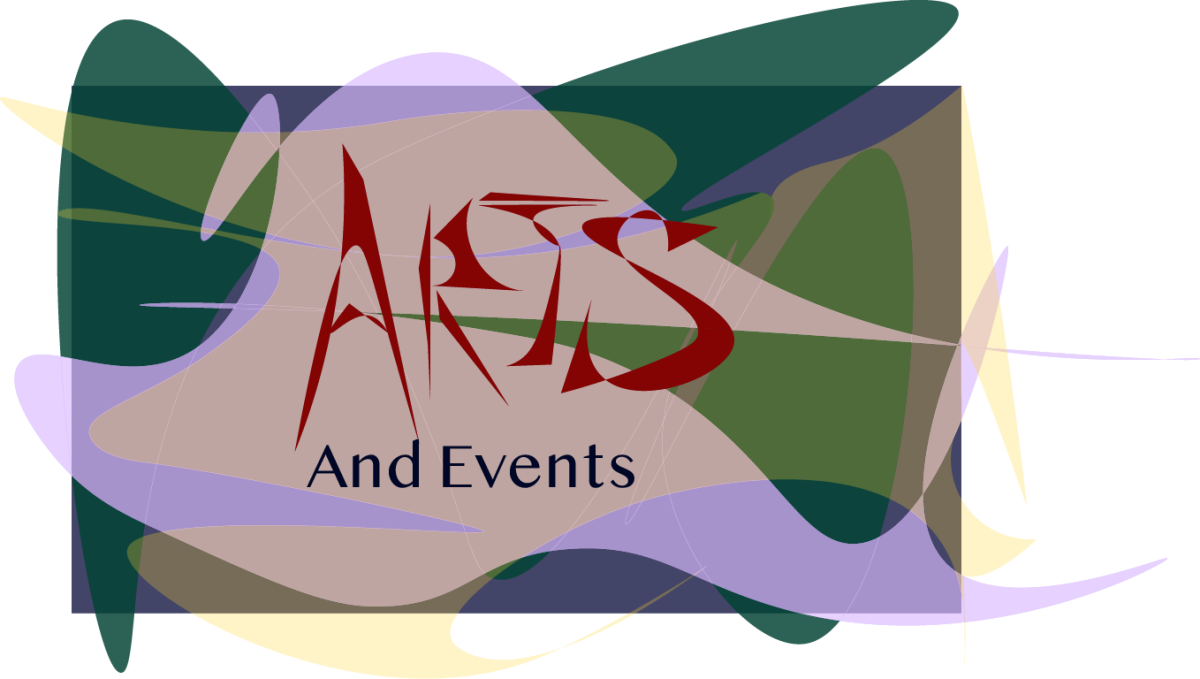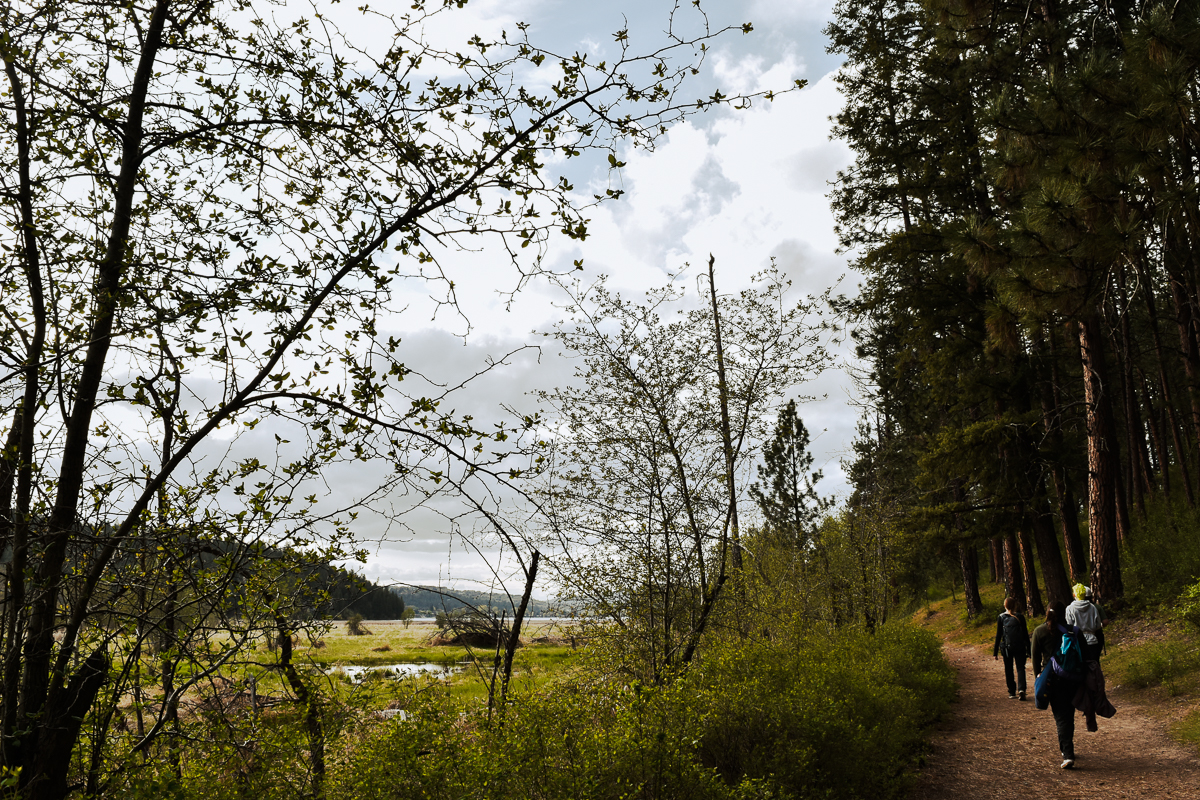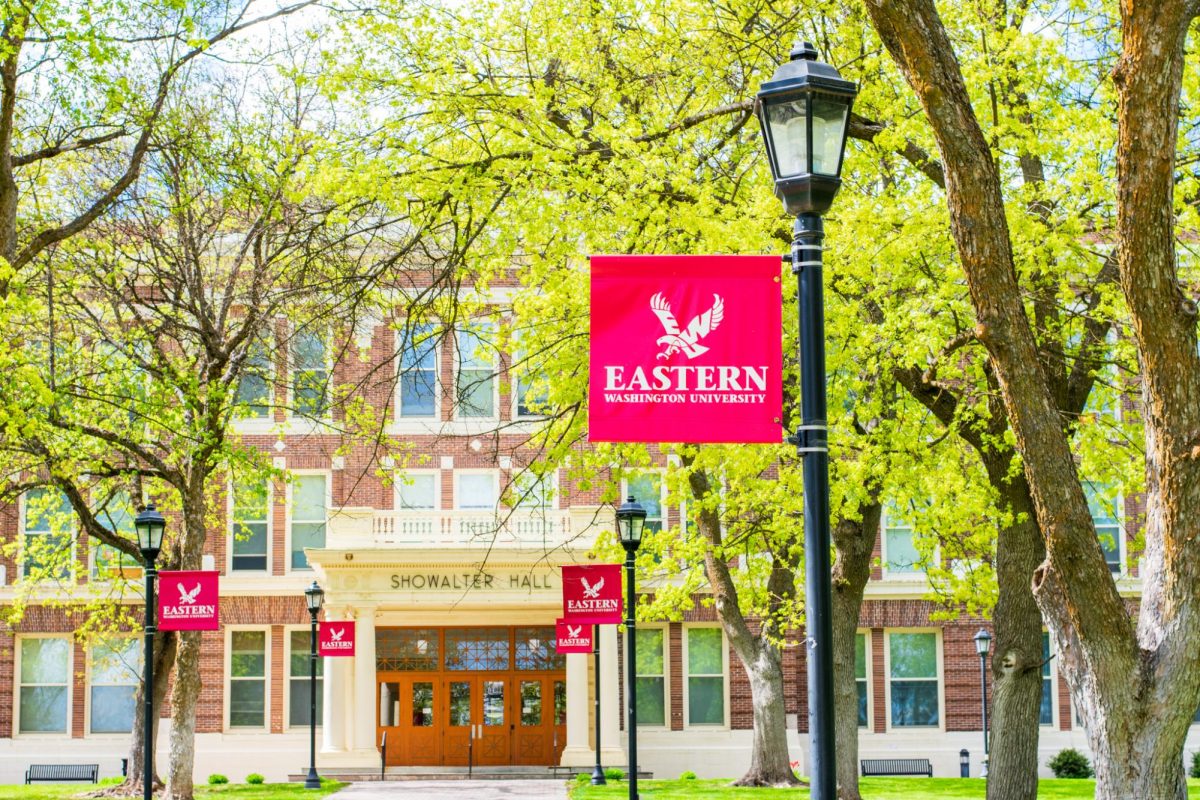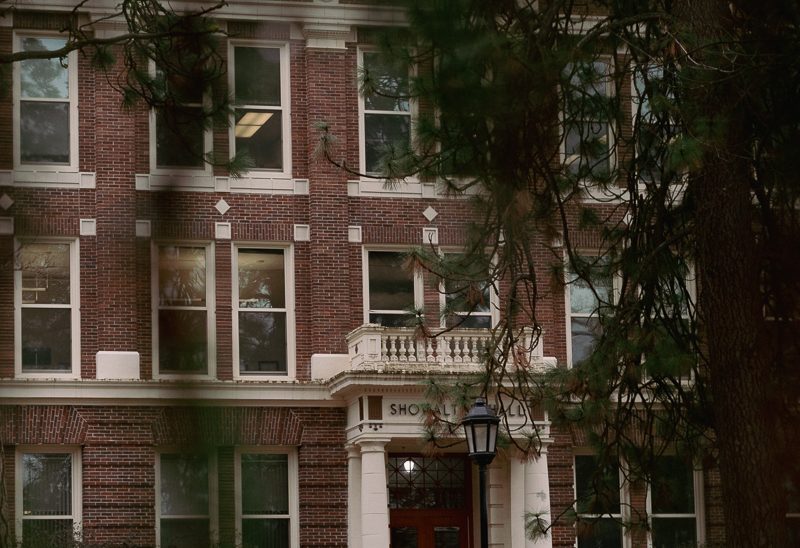Courses hone in on business skills and life
The Asia University America Program is not a normal study abroad program.
Instead, it is a rigorous, focused academic curriculum designed to equip students with marketable business skills as well as an appreciation of other cultures.
According to its website, the program began in 1988, when Western Washington and Asia Universities developed “a pilot English language and cultural orientation program for Asia University students.”
The initial pilot was a success, and the program has since spread to Central and Eastern Washington Universities. Western, Central and Eastern are the only universities that host the program.
“It’s very different from most other programs,” said Program Director Evelyn Renshaw. “We are here to focus on Asia University students [and their curriculum]. We designed [these classes] specifically for these students.”
Renshaw explained that, because of the program’s specific focus, students attend classes separately from other Eastern students. Available classes include American studies, career building, practical English, general language skills and global issues.

There are also preparation courses geared towards the Test of English for International Communication. All classes are taught in English in order to give students more practice and get them comfortable with the language.
Students are broken up into two groups: Cycle I, which runs from mid-February to July, and Cycle II, which runs from September to February. Each cycle generally has between about 75 students. Cycle I hosts students majoring in business, law, and economics and is optional for students. Cycle II consists entirely of international relations majors and is a required part of their program.
Asia University America Program students are in class for 20 hours a week, which, according to Renshaw, is equivalent to 18 or 20 credits. “It’s a lot,” she said. [It’s] a semester’s worth. They have to work to earn those credits.”
Although Asia University is located in Tokyo, Japan, Renshaw said that the program serves students of diverse backgrounds. In the past, AUAP has hosted students from countries such as Japan, Korea, China, Sri Lanka, Indonesia and Myanmar.
Many Eastern students see Asia University America Program students participating in campus events or entertainment activities, and think that is the extent of the program.
But “the activities actually are not that big a part of it,” said Michael Reid, Student Services Coordinator. “It’s about at least 60 percent academics, and [about] 40 percent activities. Of that 40 percent, that’s broken up into a lot of smaller pieces.”
Program activities include a community volunteering program, the Asia University America Program Night culture and talent show, and the Campus Friends program, which pairs the students with resident Eastern students for social outings and activities.
“We [try] to show them where things are happening so they can take advantage, rather than telling them what to do,” Reid said.
“One of the big goals is they want their students to be internationalized,” Renshaw said. “[We want] students to go out there and experience life, and not just be a group of Japanese people who are plunked into campus. … to attend classes, learn the culture and experience Eastern as an Eastern student would experience it.”
Although the program has no formal affiliation with any of the other international programs on campus, Reid and Renshaw said that the students benefit tremendously from the intersection of the different international programs on campus.

“International relations majors need to have English, Japanese and another language on top of that. A lot of these students are learning Mandarin Chinese, or [Arabic],” Reid said. “[They] are interested in Middle Eastern … or Chinese culture, which is great since we have so many Saudi students,and the 1+1 [Chinese study abroad program]. They [can] get involved in learning about another culture.”
Reid explained part of the appeal of the program. “There’s been this economic and cultural shift,” he said. “America is no longer the biggest game in town, economically. China is a big player, and it’s a lot closer [to Japan] than [the United States.] In the 2000s in particular, … governments like the Democratic Party of Japan, for example, are looking toward other Asian countries and saying, let’s [actively] mend some fences here.”
Reid explained that Japan can suffer from the same type of cultural insularity found in the United States. “Part of what happens is that [Eastern students] want to know about Japan, so the students start talking [and thinking] about their own culture and … their [values],” he said. “It’s useful for a student to get out of that mindset. It makes [Asia University America Prodgram students] much better critical thinkers.”
Renshaw expressed wonder at the convergence of international groups at Eastern.
“It’s amazing how international this campus is,” she said. “We have [the English Language Institute], the International Student Association [and] this program. It sounds lofty but it really happens. There is a lot of interest.”
Reid agreed. “There are differences, but there are a lot of similarities too,” he said. “It’s not as if there’s some kind of insurmountable gulf between cultures.”





